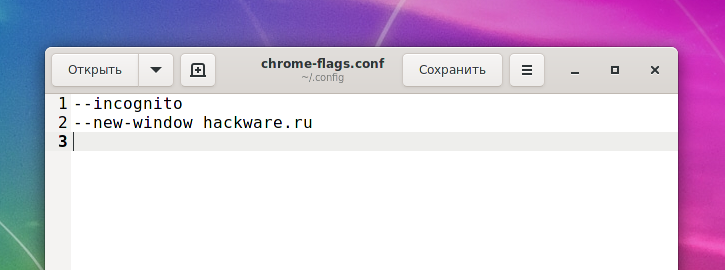
How to use lsof to view open files (on Linux everything is files)
Posted by Alex On October 18, 2021
If everything in Linux is a file, then there must be more to this operating system than just files on your hard drive. In this tutorial, you will learn how to use lsof to view all other devices and processes that are being treated as files. Everything in Linux is files The oft-quoted phrase that […]

How to measure distance (route and direct) between two points on Google maps
Posted by Alex On October 18, 2021
Table of contents 1. What is the difference between the distances directly and the route between two objects on the map 2. How to measure a route between two points on the map 2.1 How to measure a route between two points on the map on a computer 2.2 How to change the route between two objects […]

GIMP copies not all layers (SOLVED)
Posted by Alex On October 17, 2021
GIMP is a powerful image editor, comparable to PhotoShop in features, but completely free. You may have come across a situation where you have edited an image, perhaps added text and other layers and are trying to copy the resulting image, for example, to create a new file from it or paste into another image. […]

htop command guide: how to view processes in Linux interactively
Posted by Alex On October 17, 2021
Is htop better or top? The htop command is similar to top in function: they both display real-time information about processes, display system resource consumption, and allow you to search, stop, and manage processes. Both commands have their own advantages. For example, the htop program implements a very convenient process search and filtering. In the […]

How to use the top command to monitor Linux processes
Posted by Alex On October 17, 2021
“top” program for showing Linux processes in real time The top program shows the program and service processes running on Linux. With top, you can see the dynamics of a running system in real time. The program displays a summary of the system information, as well as a list of processes or threads currently served […]

How to check IP history for SSH sessions
Posted by Alex On October 15, 2021
How to list IP history of SSH sessions If a Linux server has been hacked, it becomes necessary to collect information, for example, to get the time and IP addresses of the last SSH sessions. This can help not only identify the source of the danger, but also, for example, answer the question: was the […]
How to list all Cron tasks
Posted by Alex On October 15, 2021
Show all Cron jobs for all users To display every item in the cron schedule for each user, use the following command: for user in $(cut -f1 -d: /etc/passwd); do sudo crontab -u $user -l 2>/dev/null | grep -v '^#'; done Elevated privileges are required to display information about all users – otherwise, only the […]

File attributes on Linux
Posted by Alex On October 14, 2021
File attributes on Linux file systems Each file has a specific set of properties in the file system. For example, these are access permissions, owner, name, timestamps. In Linux, each file has quite a few properties, for example, access permissions are set three times (for the owner, group and all others), timestamps can also be […]

Custom Google Chrome settings for each computer user
Posted by Alex On October 14, 2021
Google Chrome on Linux has a number of useful options, for example: launching a web browser in incognito mode you can specify the path to the folder where the profile data and browser cache will be stored you can select the type of password storage proxy settings Like many programs in Linux, Google Chrome supports […]
